Are you fed up with your old toilet that flushes on its own? Is it causing unnecessary twists and turns in your day-to-day life, making it difficult to focus or relax? Have you ever stepped away from the toilet only to come back and see that it is flushing all on its own? It’s a baffling mystery — why does your loo flush without anybody near it? Don’t worry–there is hope!
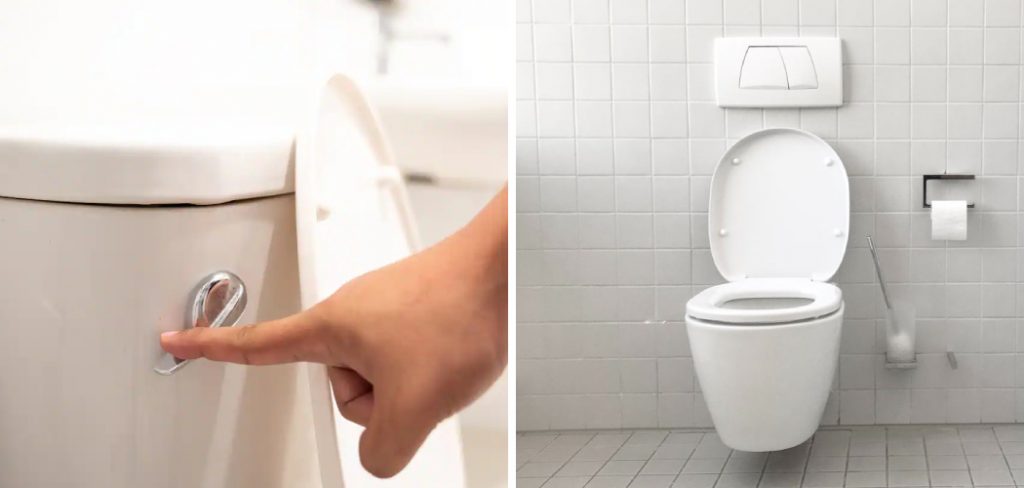
In this blog post, we’ll take a deep dive into the issue of toilets that flush on their own and provide you with simple steps and advice to help get them working again. We will explore the causes of this issue and offer several easy-to-follow solutions that will help restore order in your bathroom.
By following the easy directions on how to fix toilet that flushes on its own, you can fix your rogue loo once and for all without having to call in an expert plumber or drain cleaner. No matter how long you have been dealing with a malfunctioning fixture, keeping calm, following our advice, and dedicating some time to maintenance could eventually grant your toilet autonomy again.
Necessary Items
Before we get started with the solutions, make sure you have the following items handy:
- A screwdriver
- A wrench
- Cleaning supplies (bleach, vinegar)
5 Possible Causes of a Toilet That Flushes on Its Own
There are several reasons why your toilet may be flushing on its own. Most often, it’s due to a leaking flapper valve or an issue with the float mechanism inside the tank. Here are some common culprits that could be causing your toilet to flush without warning:
1. A Worn-out Flapper Valve
The flapper valve is responsible for sealing water inside the tank and preventing it from draining into the bowl. If this part becomes damaged or worn out over time, it can cause water to constantly leak into the bowl, triggering your toilet to refill and flush on its own.
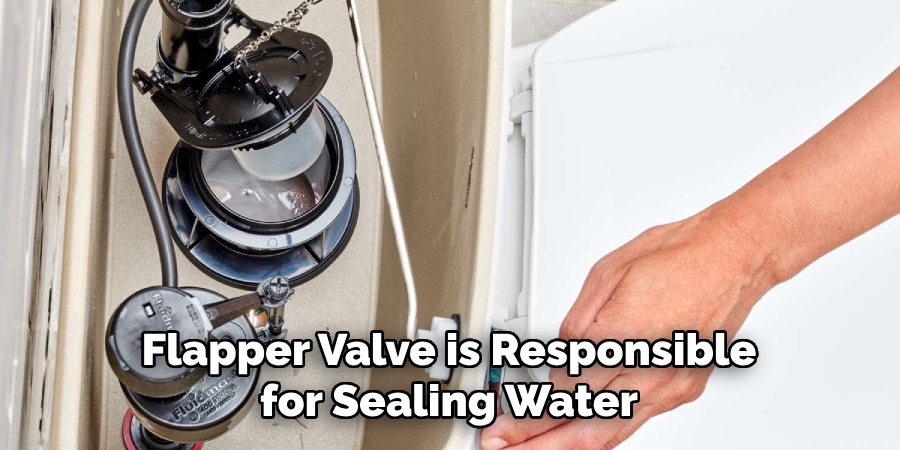
2. An Unstable Float Mechanism
The float mechanism is what controls the water level inside the tank. If it becomes stuck or unbalanced, it can cause the toilet to fill and flush continuously without intervention. A buildup of mineral deposits or debris in the tank usually causes this.
3. A Faulty Fill Valve
The fill valve refills the tank with water after each flush. If this part malfunctions, it can lead to constant refills and repeated flushing.
4. A Blocked or Faulty Sensor
Some modern toilets have a sensor that detects when someone is near the toilet and triggers a flush. If this sensor becomes blocked by dirt or debris, or if it malfunctions, it can cause your toilet to flush on its own.
5. Water Pressure Issues
High water pressure in your plumbing system can cause excess water in the tank, leading to frequent flushing. A malfunctioning pressure-reducing valve can also cause this issue.
In most cases, a toilet that flushes on its own can be easily fixed with some essential tools and some know-how. By identifying the possible causes listed above, you can troubleshoot the issue and get your toilet back to normal functioning.
However, if none of these solutions work, it’s best to call a professional plumber for further assistance. Remember to regularly maintain your toilet by cleaning it and replacing any worn-out parts to prevent this issue from happening again in the future. With these tips and tricks, you can say goodbye to an annoyingly flushing toilet and hello to a peaceful bathroom experience once again!
10 Steps on How to Fix Toilet That Flushes on Its Own
Once you have determined the cause of your toilet’s malfunctioning flush, here are some easy solutions to try:
Step 1: Check the Flapper Valve
Start by removing the tank lid and checking the flapper valve. Make sure it fits correctly, is free of any debris, and is not damaged or worn out. If it needs to be replaced, turn off the water supply and replace the old flapper with a new one.
Step 2: Adjust the Chain
If the chain connecting the flapper valve to the flush handle is too long or short, it can prevent the flapper from sealing correctly. Make sure there is enough slack in the chain so that it can open and close freely.
Step 3: Clean Underneath the Flapper Valve
Mineral deposits or debris buildup can cause the flapper valve to not seal properly. Use a cleaning solution like bleach or vinegar to remove buildup underneath the valve. Make sure to scrub gently and rinse thoroughly.
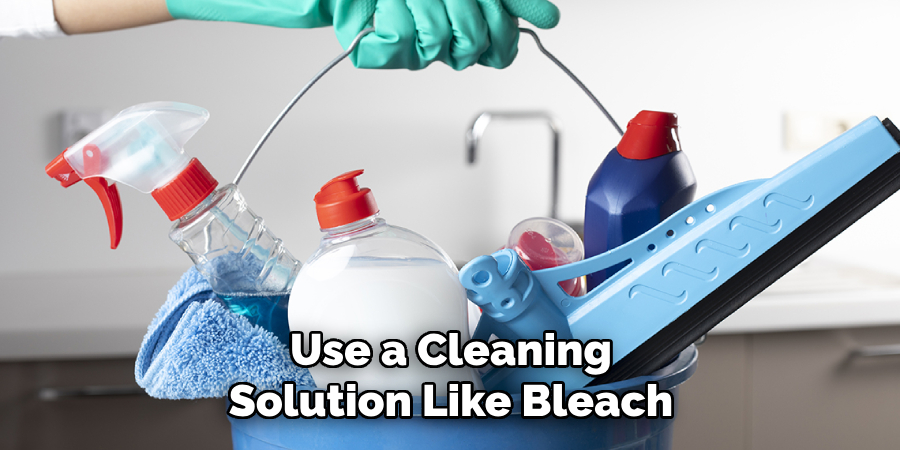
Step 4: Check the Float Mechanism
Make sure that the float mechanism is balanced. Inspect and clean any mineral deposits or debris on the float mechanism. If it’s stuck, gently adjust it until it moves freely. If it is, clean off any mineral deposits or debris and adjust the arm to sit evenly in the tank.
Step 5: Test the Fill Valve
If you suspect a faulty fill valve, try flushing the toilet and observing how the fill valve works. If it doesn’t shut off properly, you may need to replace it.
Step 6: Clean the Fill Valve
If the fill valve is working but not shutting off completely, try cleaning it with vinegar and water. Disconnect the water supply and remove mineral deposits or debris inside the valve using a small brush or cloth.
Step 7: Adjust Water Level
Ensure the water level in your tank is manageable (above the overflow tube), as this can also cause constant flushing. Use a screwdriver to adjust the float mechanism or fill valve to lower the water level.
Step 8: Tighten Connections
Check all connections between different toilet parts and ensure they are secure. If not, tighten them using a wrench.
Step 9: Check for Leaks
Once you have completed all the steps above, turn on the water supply and flush the toilet to test if there are any leaks. If there are no leaks, your toilet should be functioning properly again.
Step 10: Call in a Professional
If none of these solutions work or if you feel uncomfortable handling the repairs yourself, it’s best to call in a professional plumber who can assess and fix any underlying issues with your toilet.
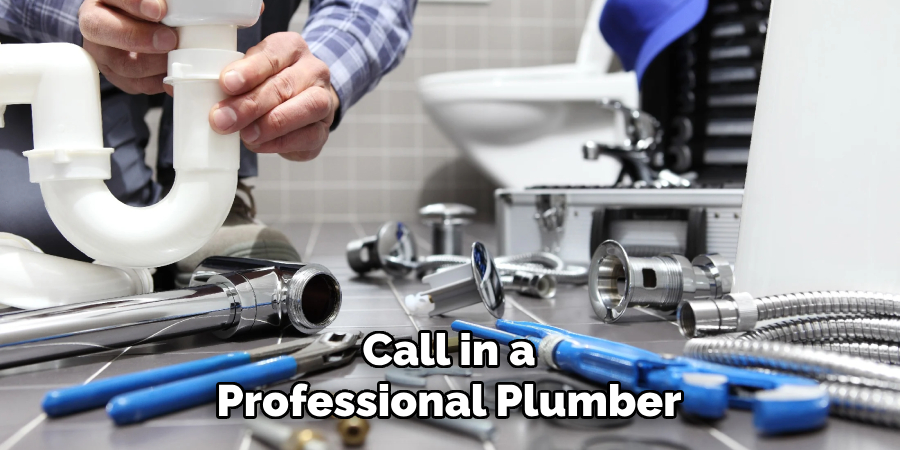
A malfunctioning toilet that flushes on its own can be frustrating and wasteful. But with some simple adjustments and maintenance, you can easily fix the issue and restore peace to your bathroom. Remember to regularly clean and inspect your toilet to prevent future problems and save yourself from further headaches in the long run.
With the right tools and techniques, you can quickly become a pro at handling any toilet troubles that come your way! So don’t panic, stay calm, and get ready to tackle that rogue loo. So next time you encounter this mysterious problem, remember these easy steps–you’ll be a DIY plumbing pro in no time!
FAQs on Toilets that Flush on Their Own
Can a Toilet Flush by Itself?
Yes, a toilet can flush itself for various reasons, such as a faulty flapper valve, fill valve, or sensor, high water pressure in the plumbing system, or a malfunctioning float mechanism. It’s essential to identify the cause and fix it to prevent water waste and inconvenience.
How Do I Stop My Toilet from Flushing on Its Own?
To stop your toilet from flushing, try adjusting the flapper valve or chain, cleaning underneath the flapper valve and float mechanism, checking for leaks and tight connections, and adjusting the water level. If these solutions don’t work, call a professional plumber for further assistance.
Can High Water Pressure Cause a Toilet to Flush by Itself?
Yes, high water pressure in your plumbing system can cause excess water in the tank, leading to frequent flushing. A malfunctioning pressure-reducing valve can also cause this issue. To fix this, you can adjust the water pressure or replace the pressure-reducing valve.
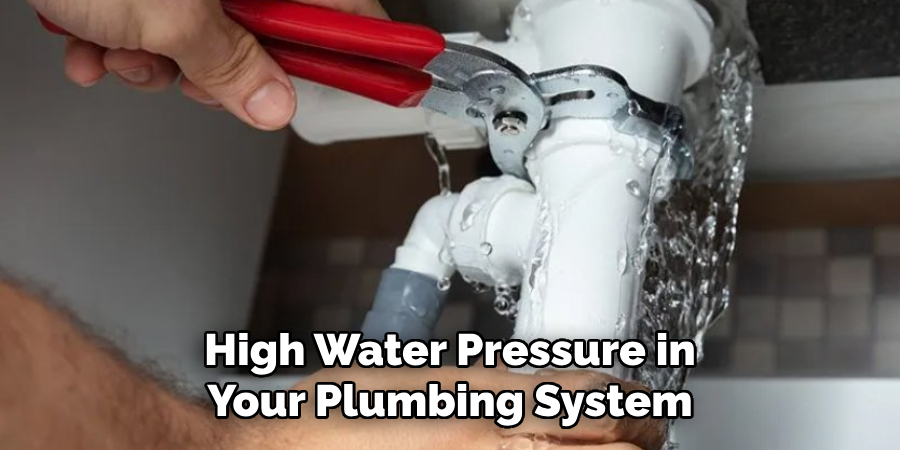
Why is My Toilet Flushing on Its Own in the Middle of the Night?
If your toilet is flushing on its own in the middle of the night, it could be due to a faulty sensor that detects motion or low light. Try cleaning or replacing the sensor to see if that solves the issue. It’s also recommended to check for any water leaks and have a professional plumber inspect your toilet for potential issues. So next time you encounter this mysterious problem, remember these easy steps–you’ll be a DIY plumbing pro in no time!
Conclusion
A toilet that flushes on its own can be annoying and wasteful, but with some simple maintenance and troubleshooting, you can easily fix the issue. Remember to regularly clean and inspect your toilet, and don’t hesitate to call in a professional if needed. With these tips in mind, you’ll be well-equipped to handle any toilet troubles that come your way!
So next time you encounter this mysterious problem, remember these easy steps on how to fix toilet that flushes on its own, and you’ll be a DIY plumbing pro in no time! So go ahead and confidently tackle that rogue loo once and for all. Your bathroom (and your water bill) will thank you. And now with our detailed guide and helpful FAQs, you’re ready to take on any flushing issues like a pro!
